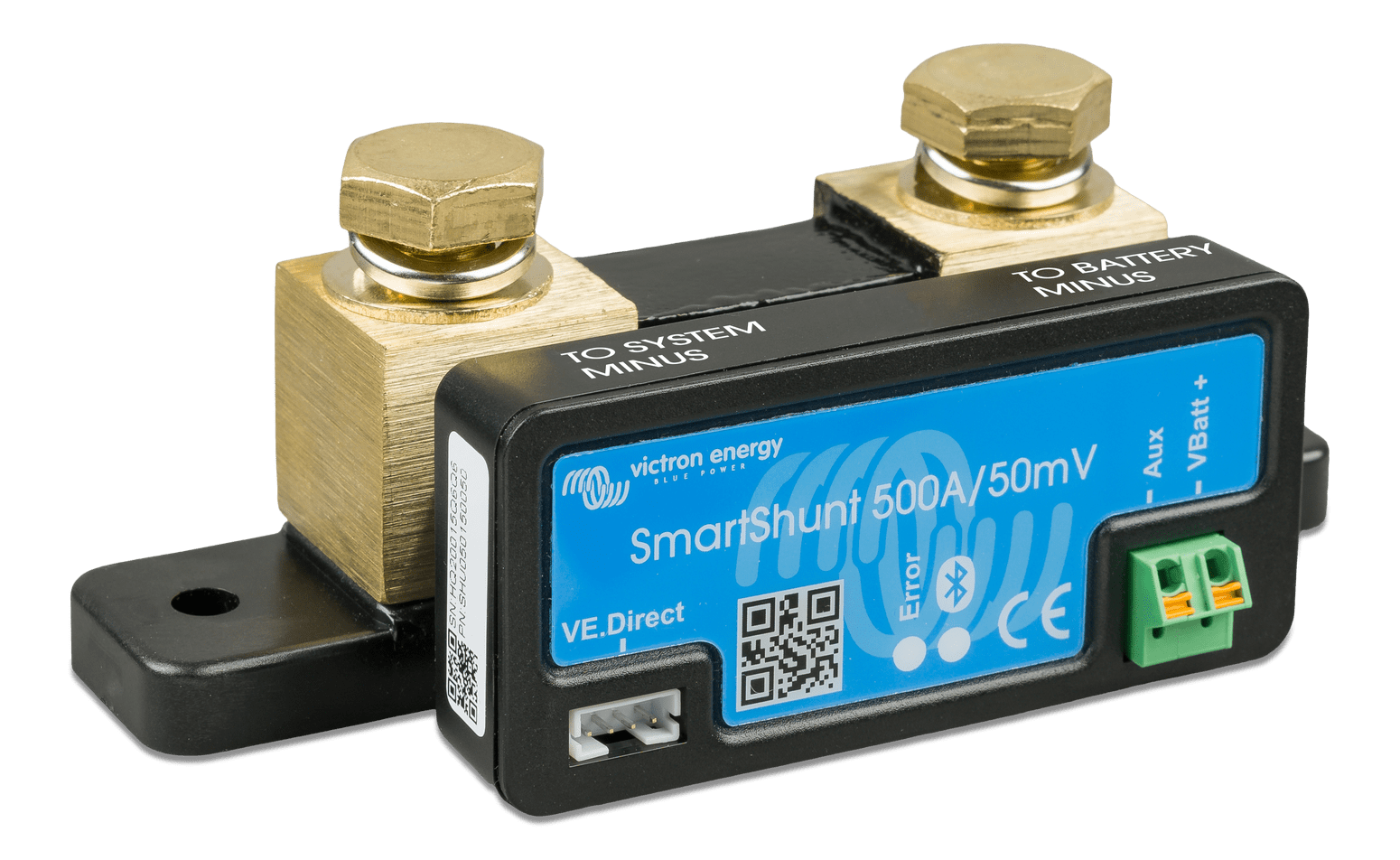- Oct 8, 2014
- 1,831
- 3,685
- Funster No
- 33,737
- MH
- Autotrail Excel 600B
- Exp
- Previous VW Camper + Caravan
I have a question relating to Battery Monitors, such as the NASA Marine BM1.
When I fitted an extra leisure battery and solar panels to my MH, I also fitted a CTEK Battery Sense Monitor. This is connected to the batteries via Bluetooth and gives a basic indication of battery charge state.
I would like to upgrade to a more sophisticated Battery Monitor, such as a BM1 but have a query over the display – specifically the bar-chart showing battery capacity. What exactly does that mean? I know one should only use 50% of a Lead Acid Battery’s capacity, but does that mean the bar-chart should not go below 50%?
Also, when the display says “XX Hours to discharge”, is that to fully discharge it, or just to get down to 50% Capacity?
Thanks, John
When I fitted an extra leisure battery and solar panels to my MH, I also fitted a CTEK Battery Sense Monitor. This is connected to the batteries via Bluetooth and gives a basic indication of battery charge state.
I would like to upgrade to a more sophisticated Battery Monitor, such as a BM1 but have a query over the display – specifically the bar-chart showing battery capacity. What exactly does that mean? I know one should only use 50% of a Lead Acid Battery’s capacity, but does that mean the bar-chart should not go below 50%?
Also, when the display says “XX Hours to discharge”, is that to fully discharge it, or just to get down to 50% Capacity?
Thanks, John


